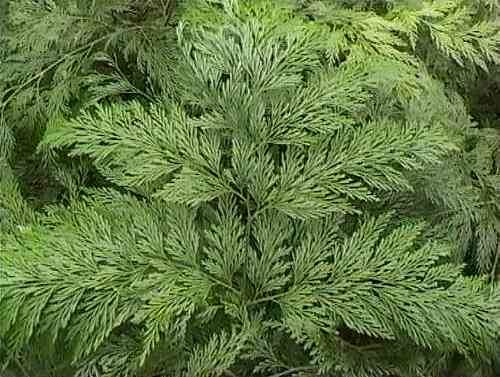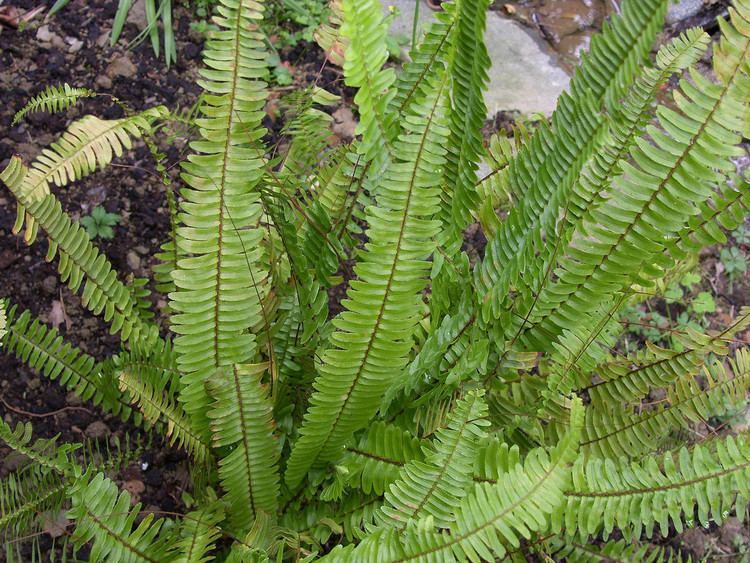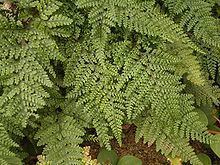Kingdom Plantae Order Polypodiales Rank Family | Division Monilophytes Higher classification Polypodiales | |
 | ||
Lower classifications Davallia mariesii, Humata | ||
Davalliaceae is a family of ferns in the order Polypodiales. It is sister to the largest family of ferns, Polypodiaceae, and shares some morphological characters with it.
Contents

Davalliaceae is native to tropical and subtropical regions of the Pacific, Australia, Asia, and Africa. They are small to medium in size. In the wild, they are usually epiphytic, sometimes epipetric or terrestrial.

Many species of Davallia are in cultivation, with Davallia tyermanii, Davallia fejeensis, and Davallia solida being perhaps the most well-known. A key to the cultivated species of Davallia is available. Davallodes, Humata, and Wibelia have species in cultivation as well.

In Davalliaceae, many of the species are closely related and hard to distinguish from each other. In 1990, a treatment of Davalliaceae estimated the number of species at 110. A 2008 paper listed all of the species, recognizing only 63. A new species, Davallia napoensis was described in 2011.
Genera
Description
Usually epiphytic or epipetric. Rhizomes dictyostelic, dorsiventral, densely scaly. Stipes articulate at base. Phyllopodia short. veins free. Sporangium stalk 3-rowed. Annulus vertical. Spores monolete.
History
Gymnogrammitis and Leucostegia were once included in Davalliaceae, but these are now known to belong elsewhere. Gymnogrammitis is in a clade with Selliguea and others in the family Polypodiaceae. Leucostegia is in the family Hypodematiaceae, which consists of Hypodematium and Leucostegia, and possibly Didymochlaena as well.
In 2008, a molecular phylogenetic study of Davalliaceae showed that none of the polyspecific genera recognized at that time were monophyletic. In that same year, a revision of the family divided it into five genera. One of these, Araiostegiella, was newly described. The genus Davallia was divided into two sections, named Davallia and Trogostolon.
The monotypic genera Trogostolon and Parasorus have not been sampled for DNA. Anatomical studies indicate that Trogostolon, along with several species of Davallia, belongs in Davallia section Trogostolon. Likewise, Parasorus seems to belong to one of the two clades that constitute the genus Humata. The genus Pachypleuria included nearly all of the species that are now in Humata. It was found to be paraphyletic over the type species of Humata, and is no longer recognized.
Davallodes, Paradavallodes, and Araiostegia are very closely related and their circumscriptions have varied greatly from one author to another. In 2008, Davallodes was expanded to include all of Paradavallodes, and all but three species of Araiostegia. Because the type species of Araiostegia had been transferred to Davallodes, these three species were given a new generic name, Araiostegiella.
The genus Wibelia contains eight species, and was resurrected from Davallia, which it closely resembles.
Phylogeny
The following phylogenetic tree is based on one that was published in 2008.
